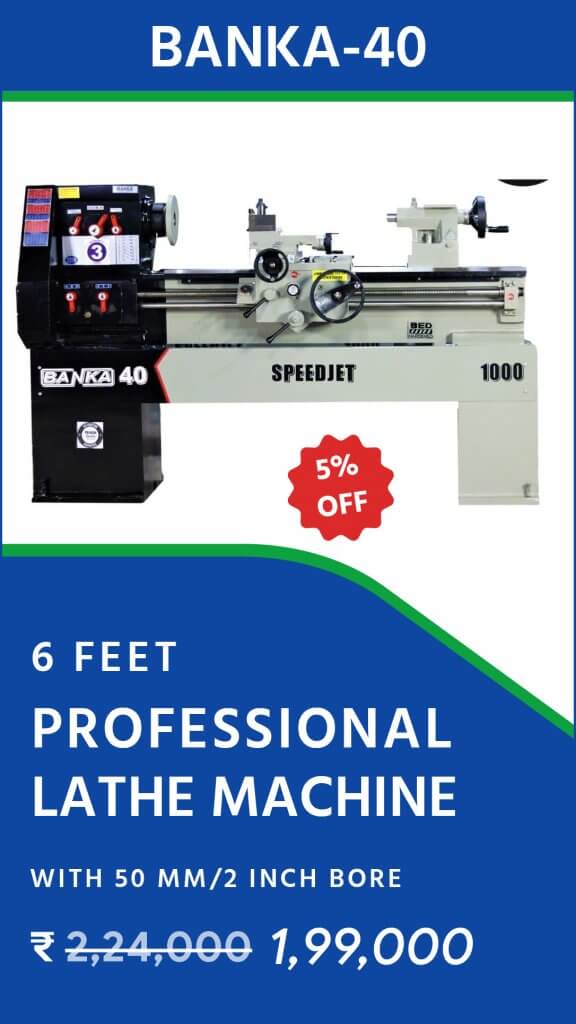Accessories Necessary In Drill Machine
Accessories necessary in Drill Machine
- Versatility of the Drill Machine greatly increased by various accessories
- There are mainly two categories…
- Tool-holding devices Used to hold or drive cutting tool
- Work-holding devices Used to clamp or hold work piece

1) Tool holding devicesDrill press spindle provides means of holding and driving cutting tool
End may be tapered or threaded for mounting drill chuck
- Drill chucks
Most common devices used for holding straight-shank cutting tools, There are two common types of chucks (1) Key (2) Keyless
Most contain three jaws that move simultaneously when outer sleeve turned.
Hold straight shank of cutting tool securely.
- Drill Sleeves
Used to adapt drill shank to machine spindle if taper on tool is smaller than taper in spindle
- Drill Socket
Used when hole in spindle of drill press too small for taper shank of drill.
Used often as extension sockets.
- Drill DriftUsed to remove tapered-shank drills or accessories from drill press spindle, always place rounded edge up so this edge will bear against round slot in spindle.
Use hammer to tap drill drift and loosen tapered drill shank.
Use board or piece of pressed-wood to protect table or vise.
2) Work-Holding Devices
- Angle vise
Angular adjustment on base to allow operator to drill holes at an angle without tilting table. - Drill Press vise
Used to hold round, square or odd-shaped rectangular pieces. - V-blocks
Made of cast iron or hardened steel, used in pairs to support round work for drilling. - Step blocks
Used to provide support for outer end of strap clamps, various sizes and steps. - Angle plate
L-shaped piece of cast iron or hardened steel machined to accurate 90o, may be bolted or clamped to table, variety of sizes. - Drill jigs
Used in production for drilling holes in large number of identical parts, eliminate need for laying out a hole location. - Clamps or straps
Used to fasten work to table or angle plate for drilling. - Clamping Stresses
Don’t want stresses to cause springing or distortion of work piece Clamping pressures should be applied to work, not step block. Step block should be slightly higher than work bolt close to work. - Clamping Hints
Always place bolt close to work piece, have packing block slightly higher than work surface being clamped. Place metal shim between clamp and work piece, Use sub- base or liner under rough casting, and shim parts that do not lie flat to prevent rocking.






